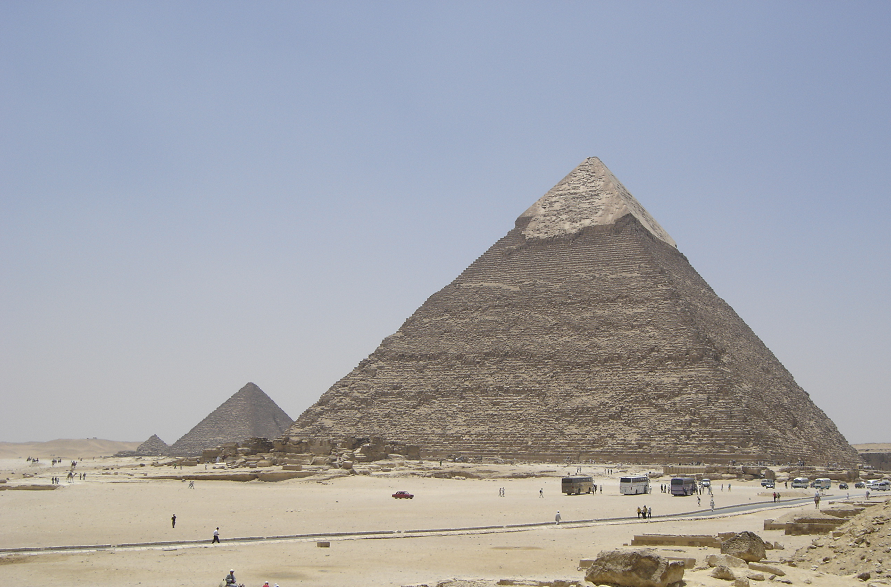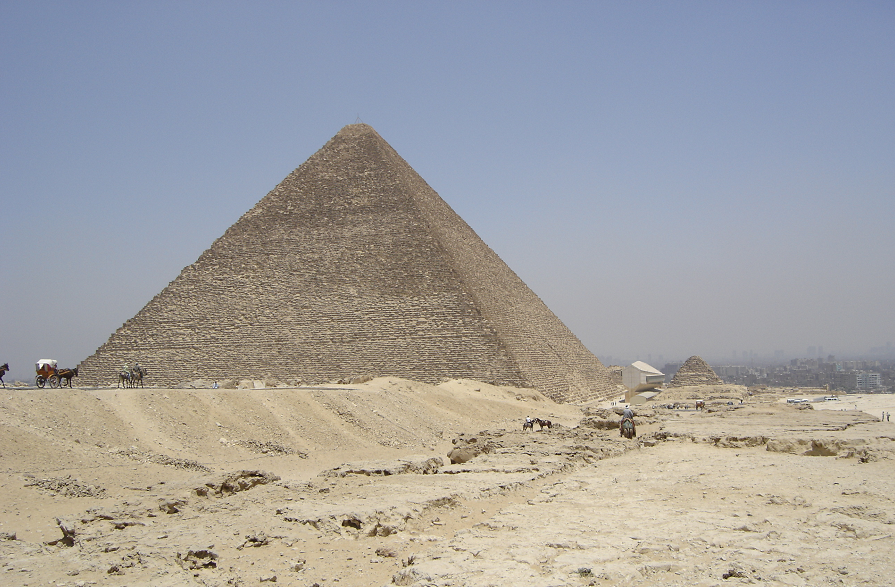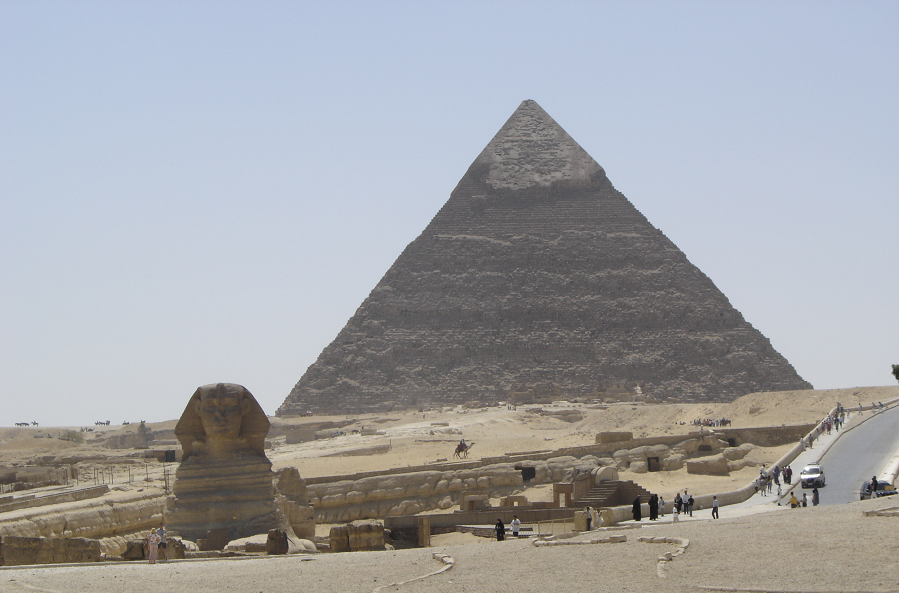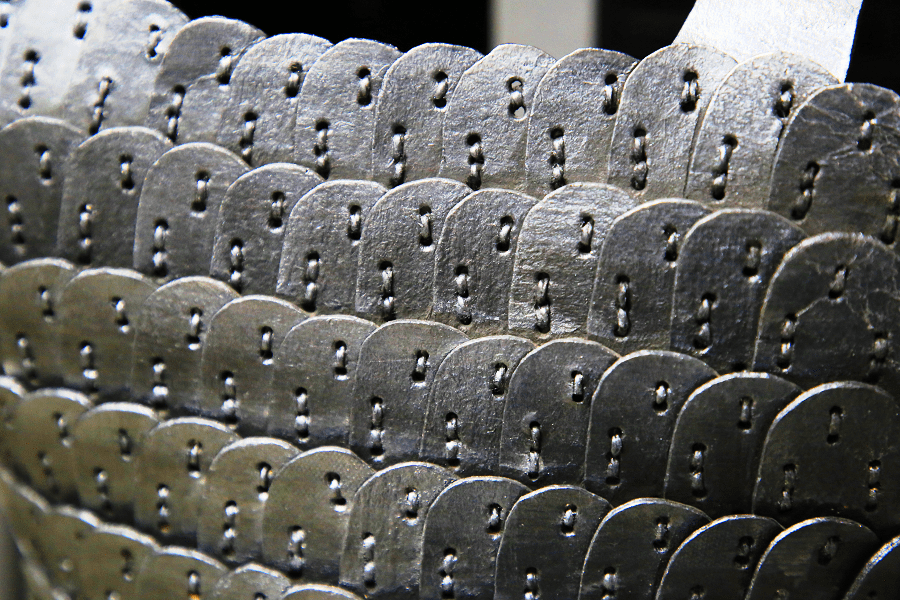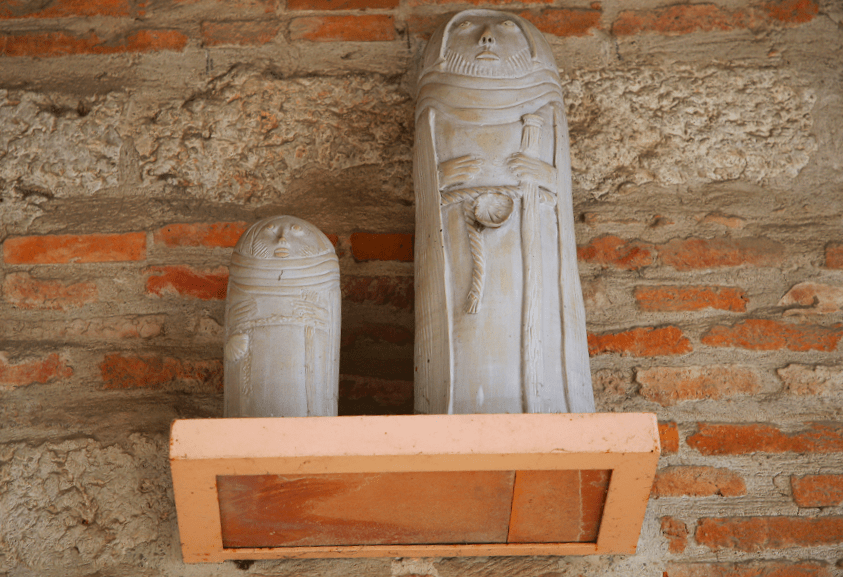Pyramids in Giza
The Giza pyramid complex (also called the Giza necropolis) in Egypt is home to the Great Pyramid, the Pyramid of Khafre, and the Pyramid of Menkaure, along with their associated pyramid complexes and the Great Sphinx. All were built during the Fourth Dynasty of the Old Kingdom of ancient Egypt, between 2600 and 2500 BC.
The site also includes several temples and cemeteries and the remains of a workers’ village.
The site is at the edges of the Western Desert, approximately 9 kilometres (5.6 mi) west of the Nile River in the city of Giza, and about 13 kilometres (8 mi) southwest of the city centre of Cairo. It forms the northernmost part of the 16,000-hectare (40,000-acre) Pyramid Fields of the Memphis and its Necropolis UNESCO World Heritage Site, inscribed in 1979.
The pyramid fields include the Abusir, Saqqara, and Dahshur pyramid complexes, that were all built in the vicinity of Egypt’s ancient capital of Memphis.
Further Old Kingdom pyramid fields were located at the sites Abu Rawash, Zawyet El Aryan, and Meidum.
The Great Pyramid and the Pyramid of Khafre are the largest pyramids built in ancient Egypt, and they have historically been common as emblems of Ancient Egypt in the Western imagination.
They were popularised in Hellenistic times, when the Great Pyramid was listed by Antipater of Sidon as one of the Seven Wonders of the World. It is by far the oldest of the Ancient Wonders and the only one still in existence.
Literature on ancient Giza is vast, for an overview with further references, see Manuelian or Lehner and Hawass.



